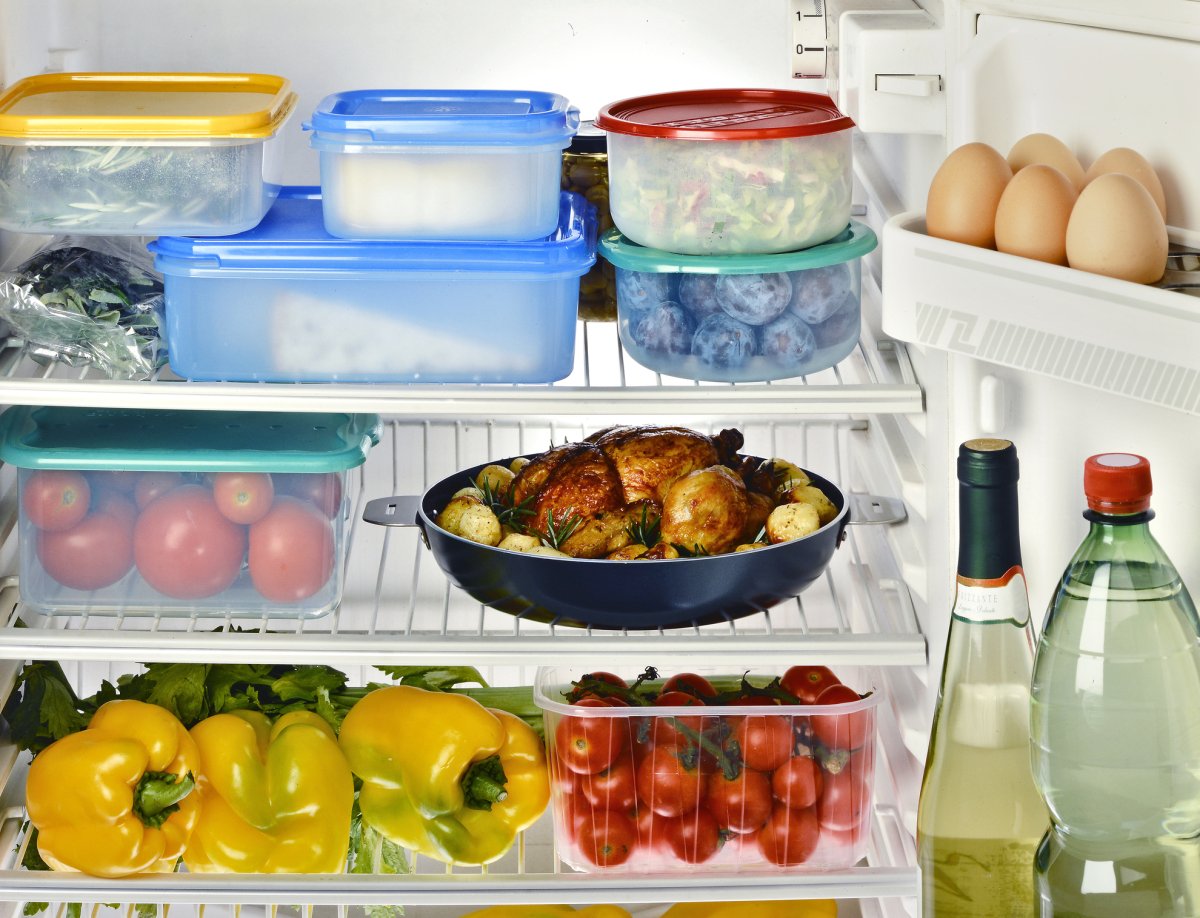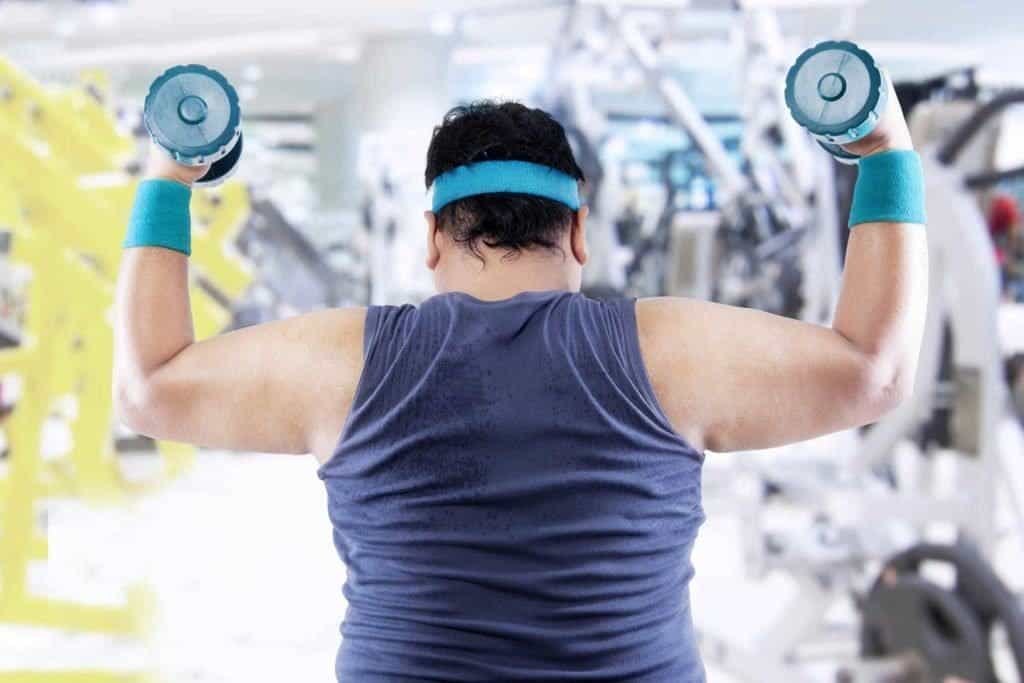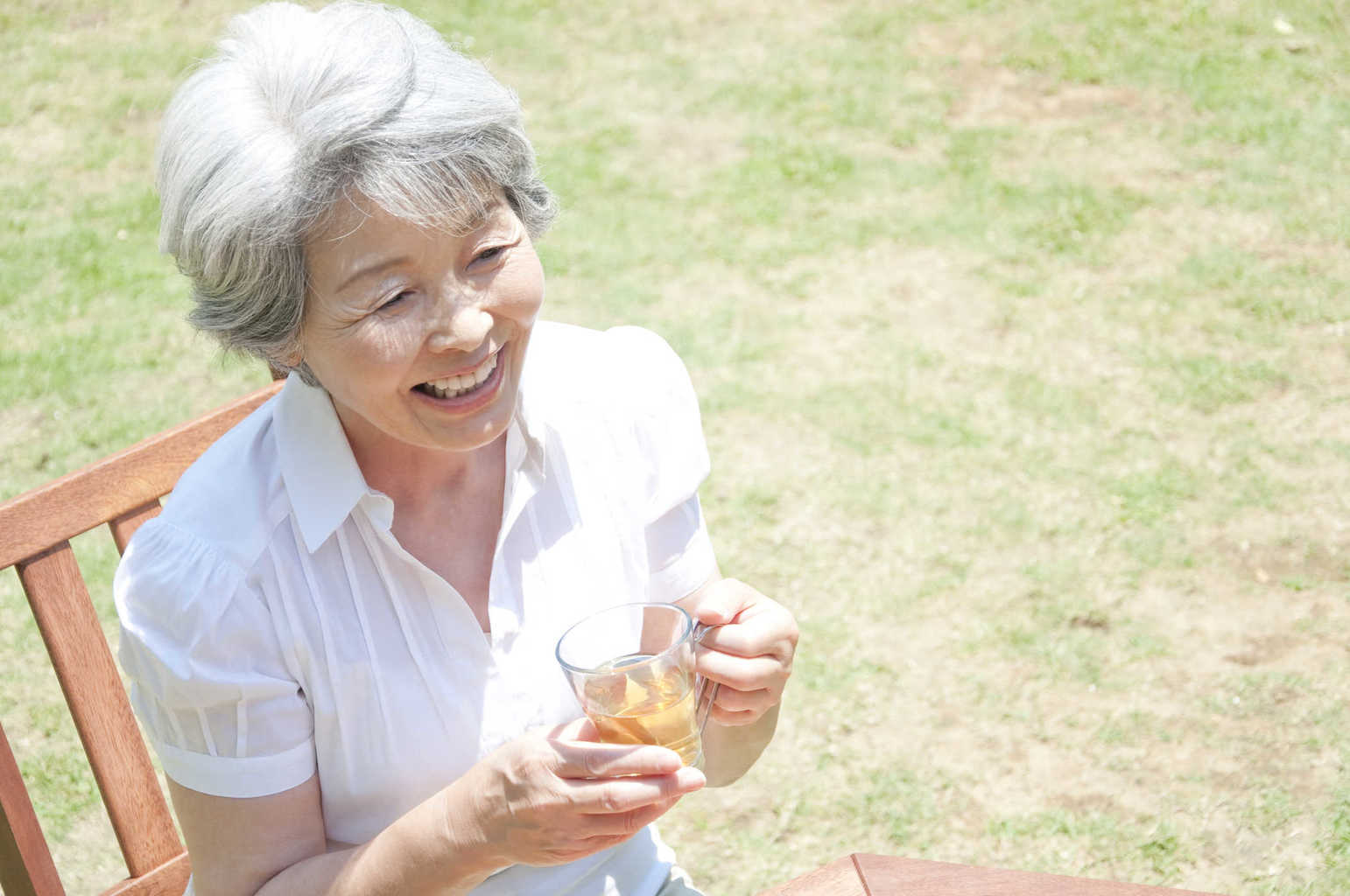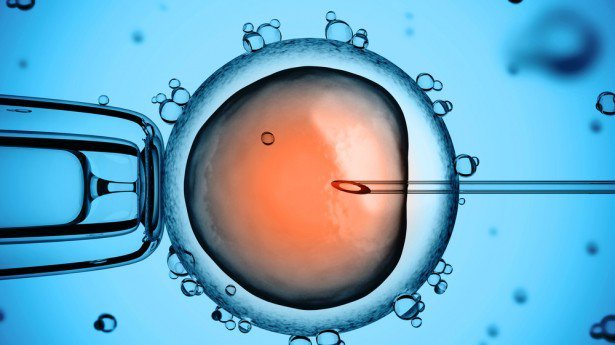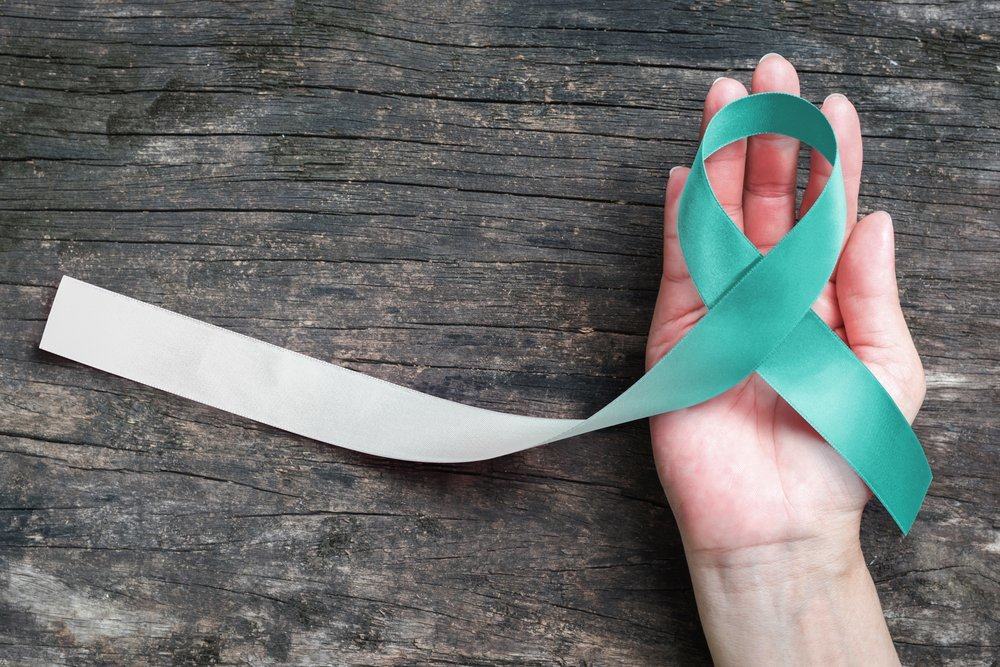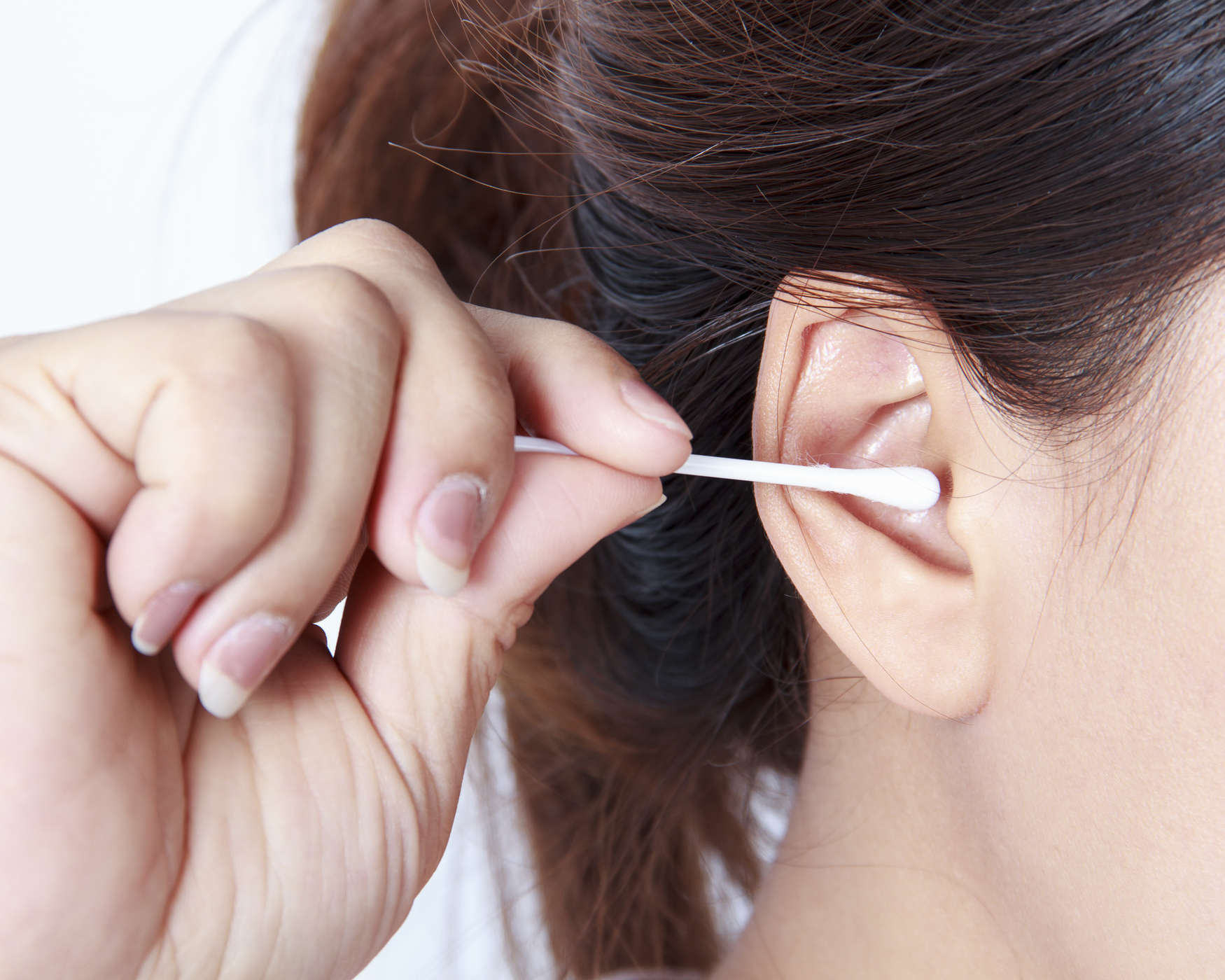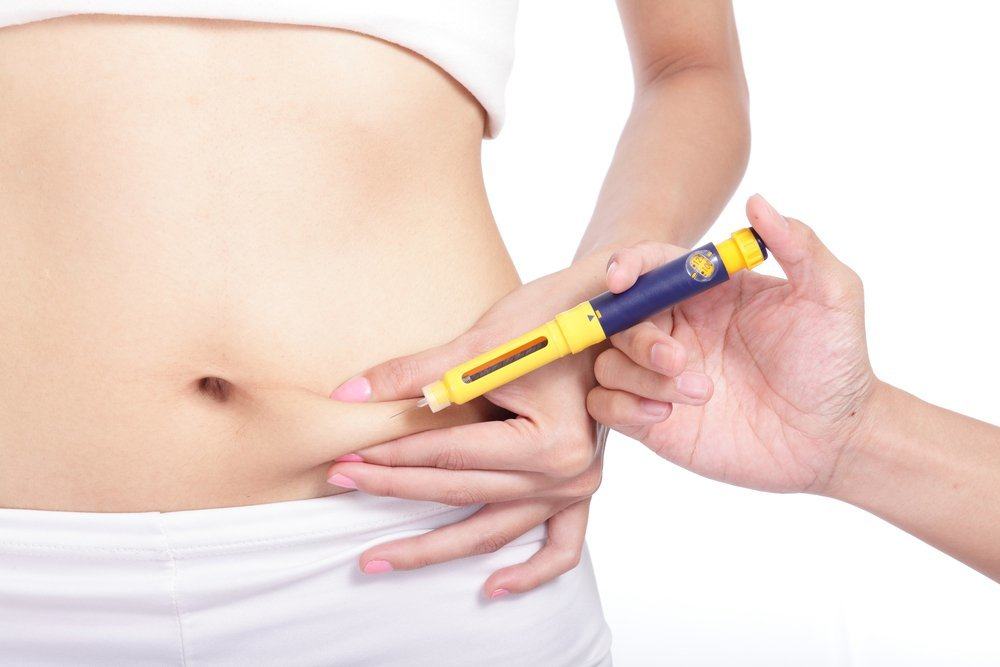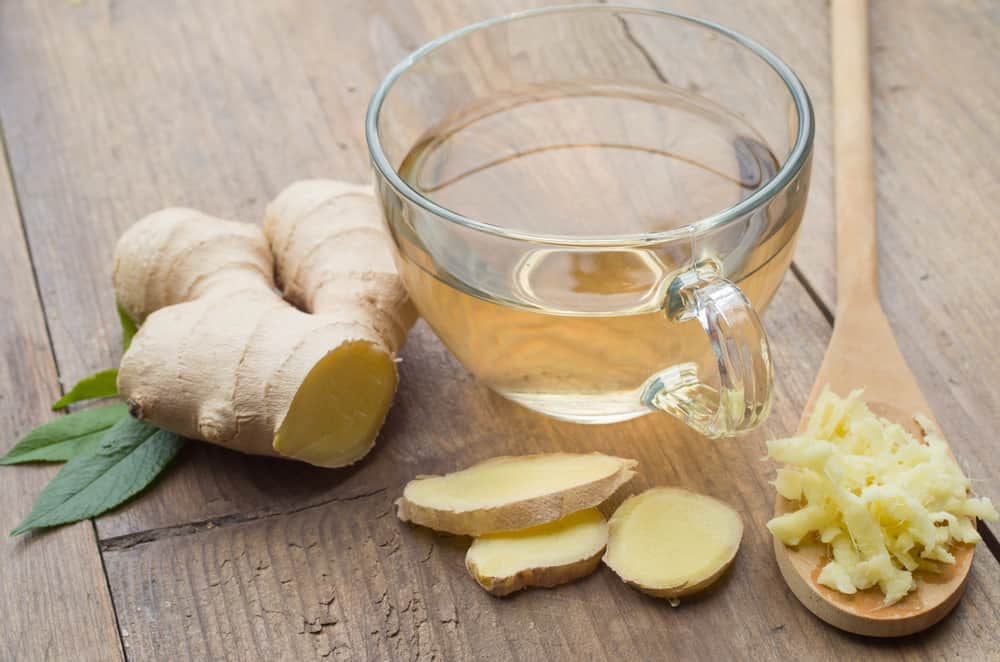Contents:
- Medical Video: CHECK YOUR WATER BOTTLES BEFORE BUYING THEM ! Here’s What You Need to Check.
- Plastic content and its effects on the body
- Determine a plastic container that is safe for food
- Type 1: Polyethylene teraphthalate (PET)
- Type 2: High-density polyethylene (HDPE)
- Type 3: Polyvinyl chloride (V)
- Type 4: Low density polyethylene (LDPE)
- Type 5: Polypropylene (PP)
- Type 7: Polycarbonate (PC)
- Can you heat food in a plastic container?
- How to reduce exposure to hazardous substances from plastic containers
Medical Video: CHECK YOUR WATER BOTTLES BEFORE BUYING THEM ! Here’s What You Need to Check.
Many foods use plastic containers as storage. Indeed, plastic containers are more economical, waterproof, lightweight and flexible. But among all the conveniences, some people assume that the use of plastic as a container of food or drinks can have a negative impact on health. Is that right? Come on, see the following review.
Plastic content and its effects on the body
Among all plastic materials, there are two ingredients that are often used as research material because they are believed to have a negative impact on health, namely BPA (bisphenol A) and phthalate. Both of these ingredients are added to the plastic so that the plastic becomes more clear, hard and flexible.
The emergence of many questions about the security of BPA, made researchers begin conducting research on these chemicals. The study concluded that both chemicals can mimic the function and structure of the hormone estrogen when it enters the body. Because of its ability, BPA can bind estrogen receptors and affect body processes.
This certainly can disrupt growth, cell repair, fetal development, energy and reproduction levels. In addition, BPA may also have the ability to interact with other hormone receptors, such as thyroid hormone receptors.
However, even though a lot of research has been done, BPA security has not proven to have a major impact on humans. Because the research that has been done only tests it with rodent samples.
Determine a plastic container that is safe for food
It may be very difficult to remove plastic material from our lives. For this reason, if you want to use a plastic container to store or replace food, you need to know the safety of the plastic used by observing the recycling code number printed on the plastic container.
Here's the guide:
Type 1: Polyethylene teraphthalate (PET)
This plastic container is usually given a PET symbol, meaning that it can only be used once. Although it does not contain BPA or phthalate, this type contains antimony which is likely to be carcinogenic (triggers cancer) in humans. This type of plastic container is usually found in juice bottles or jam jars.
Type 2: High-density polyethylene (HDPE)
These plastic containers are usually given the symbol of HDPE, they are safe and contain high density polyethylene which makes the plastic relatively stiff. This type of plastic container is usually found in milk bottles.
Type 3: Polyvinyl chloride (V)
This plastic container is usually given the symbol V, containing phthalate. Usually found in bottles of fruit juice, bottles of cooking oil and food packaging that looks clear, flexible and relatively rigid.
Type 4: Low density polyethylene (LDPE)
These plastic containers are usually given the symbol LDPE and are found mostly in food packaging or flavoring that is easily squeezed and resistant to solvents.
Type 5: Polypropylene (PP)
These plastic containers are usually given the PP symbol and are found mostly in yogurt, beverage bottles and soy sauce because polypropylene does not release chemicals into food or liquid.
Type 7: Polycarbonate (PC)
These plastic containers are usually given the symbol PC or Other and are found on bottles of gallons of water. This plastic container contains BPA, avoid using this container repeatedly.
Can you heat food in a plastic container?
The use of heated plastic containers also needs to be watched out. Reported from Health Harvard Edu, a container of heated plastic makes the plastic release dioxy, which is a cancer-causing chemical. Especially for foods like meat and cheese. These foods tend to more easily absorb harmful chemicals found in plastic containers.
Then, is it not permissible to heat food in a plastic container?
The researcher assessed how many containers were allowed to be heated inside microwave, which is around 100-1000 times lower per 0.4 kg body weight. In addition, only containers that have passed the test and have writing or icons microwafe-safe that can be used in microwave.
What about containers that don't have icons microwafe-safe? The researcher also said that this container is not always insecure because even the US BPOM (FDA) has not determined that each container is safe or not if used in microwave.
How to reduce exposure to hazardous substances from plastic containers
Even though research has not been proven, the best step you can do now is to reduce its use. For example, when food in a plastic container wants to be heated, you should replace it with a container made of heat-resistant ceramic.
In addition, avoid using other plastic containers repeatedly, especially in type 1 and 7 plastic containers. Then avoid exposure to food directly with shopping bags made of plastic bags.

